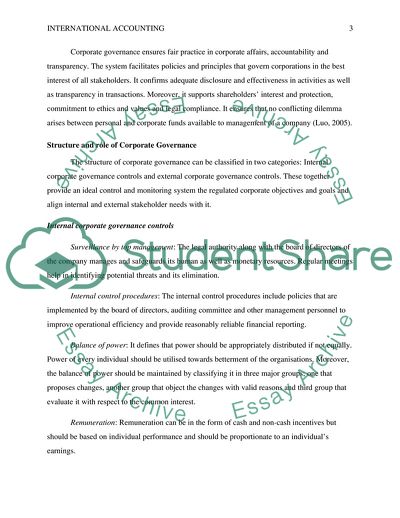Cite this document
(Effects of corporate governance disclosure requirements on Financial Essay, n.d.)
Effects of corporate governance disclosure requirements on Financial Essay. https://studentshare.org/business/1829658-effects-of-corporate-governance-disclosure-requirements-on-financial-reporting
Effects of corporate governance disclosure requirements on Financial Essay. https://studentshare.org/business/1829658-effects-of-corporate-governance-disclosure-requirements-on-financial-reporting
(Effects of Corporate Governance Disclosure Requirements on Financial Essay)
Effects of Corporate Governance Disclosure Requirements on Financial Essay. https://studentshare.org/business/1829658-effects-of-corporate-governance-disclosure-requirements-on-financial-reporting.
Effects of Corporate Governance Disclosure Requirements on Financial Essay. https://studentshare.org/business/1829658-effects-of-corporate-governance-disclosure-requirements-on-financial-reporting.
“Effects of Corporate Governance Disclosure Requirements on Financial Essay”. https://studentshare.org/business/1829658-effects-of-corporate-governance-disclosure-requirements-on-financial-reporting.


